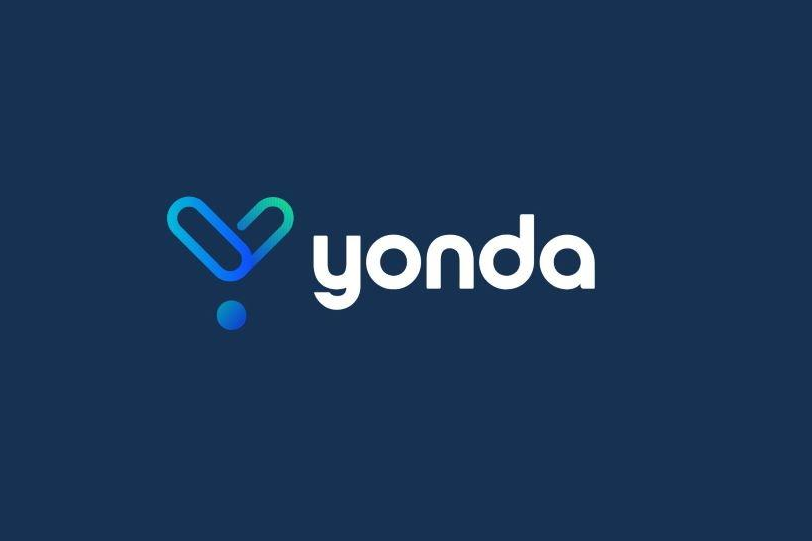CPAs often counsel their clients on ways to increase profit—and protect it. Additional profit centers in the form of vertical integration are a proven method. Amazon serves as a prime example. In 2017, Amazon acquired Whole Foods and utilized the stores to sell its products and thus increase its customer base. And in addition to offering online shopping, it has its own distribution and product transportation facility.
Through vertical integration, where a business integrates and extends its operations within its supply chain, it can gain profitability a number of ways. It reduces transportation costs, gains access to distribution channels, provides increased cost control and creates economies of scale.
It’s important to note that it’s often effective because a supplier or service provider is already making a profit serving the parent company. For example, consider a successful business owner that chooses to stop leasing a facility in favor of purchasing a facility inside a new company owned by the business owner. In this situation, the business owner can now earn a profit on two companies and can depreciate the real estate asset in the second business to reduce taxable income as well.
As another example, consider a manufacturer that purchases or starts a business in its supply chain. This manufacturer is now able to earn profits on both businesses and gain better control of risk…specifically, the risk of a key supplier folding or choosing to sell to a competitor.
However, vertical integration isn’t without its disadvantages. The costs of purchasing a supplier, retailer or distributor can be significant and it can create a mountain of increased debt. It can also be challenging and complex to manage. So, what is a business looking to capitalize on vertical integration to do?
For many profitable businesses, there is a simple, proven way to vertically integrate through creation of a second, profitable business. A business can own its own insurance company, known as a captive insurance company.
A captive is a unique insurance company. It includes its own corporation, insurance license, reserves, policies, policyholders and claims. It’s a sophisticated risk mitigation strategy to insure the risks of its owners and related affiliated third parties.
A captive insurance company can serve as the backbone of an Enterprise Risk Management strategy (ERM). ERM is a more sophisticated approach to risk management that holistically expands its risk management approach in two dimensions – time and space. In the time dimension, a company implementing ERM shifts from managing risk year-to-year to managing risk over a 10 to 50-year horizon.
This is possible because an ERM strategy with one or more captive insurance companies in place will usually accumulate loss reserves, and the corresponding assets that support the loss reserves, providing increased risk management flexibility in the future. In the space dimension, an ERM approach results in a wider risk management and enhanced insurance protection. This occurs because the business conducts a broad risk assessment of all threats the business faces. An ERM strategy is developed and includes broader (or more) lines of insurance coverage. Typically, this larger insurance coverage includes a blend of third-party commercial insurance coverage and insurance coverage provided by the captive insurance company.
How Does a Second Company Create a Proven Profit Center?
Through the captive insurance company, the parent company is creating a second profit center by vertically integrating all or a portion of its insurance. By doing so, it can save money on its commercial insurance and can also insure uninsured or underinsured risks. And, the business or business owner is able to reap the insurance profits in its captive. Also, the profitable insurance company can now invest and grow these profits. Hence, the total profit of a business and its insurance company is almost always greater than the total profit of a business alone—so in this case, two businesses are better than one.
How Does a Captive Insurance Company Increase Total Wealth?
A captive provides many benefits to its parent company or business owner including risk mitigation, asset protection, security from creditors and increased profits. As such, a captive can form the backbone of a comprehensive ERM approach as outlined above. A captive primarily insures its parent company or related companies. Hence, the parent company is able to purchase insurance from its captive. When owning a captive, a business can insure risks that third party insurers would not insure or risks where the cost to insure with a third party is prohibitive.
These are risks that many businesses regularly face and informally self-insure. Which means that if a loss event occurs, the business pays for the loss with out-of-pocket funds, either out of operations or retained earnings. On the other hand, if the business owns a captive and has an insured loss, the captive can cover the loss out of the insurance reserves it has built up. Captive reserves can be invested into many other types of assets (some domiciles have restrictions). Hence, premiums paid to the captive often create a new profit center (after claims are paid) and are usually protected from the parent company’s creditors and lawsuits.
For these reasons (additional insurance protection, insurance profits, and reserve accumulation), a captive insurance company helps companies vertically integrate their insurance and create a separate profit center.
=======
Randy Sadler has been a Principal with CIC Services, LLC for 7 years and consults directly with business owners, CEOs and CFOs in the formation of captive insurance programs for their respective businesses. CIC Services, LLC manages over 100 captives.
Thanks for reading CPA Practice Advisor!
Subscribe Already registered? Log In
Need more information? Read the FAQs
Tags: Benefits



